Media | Articles
8 1960s Classics With Faces We Can’t Help but Love
We blame the weather. While the staff of this website calls many places in the United States (and overseas) home, the lion’s share of our editors are located somewhere in the Midwest. And right now, dear reader, the Midwest weather is volatile as hell.
Naturally, we turned to internal discussions about cars to cope with a week where temperatures fluctuated by as much as 50 degrees and weather patterns swung from rain to sun to snow and back again.
This time around, we got to talking about the ’60s, one of our hobby’s indisputable golden eras. That led to discussions about front-end design, and how radically different it was from automaker to automaker. In short order, many of us began campaigning for certain cars with front ends that stuck in our hearts and minds, for one reason or another.
Compiled here is a list of eight such cars. Beneath each nominee is a brief summary of why it warrants appreciation, made by each car’s loudest proponent in the (chat)room.
Rules? Delightfully few. The car had to be built at some point in the ’60s, and beyond that, it was up to each of us to make the case. Naturally, such a loose mission brief will have let many great cars slip through the cracks. Got one that should have made this list? Let fly in the comments below!
1968 Chevrolet El Camino
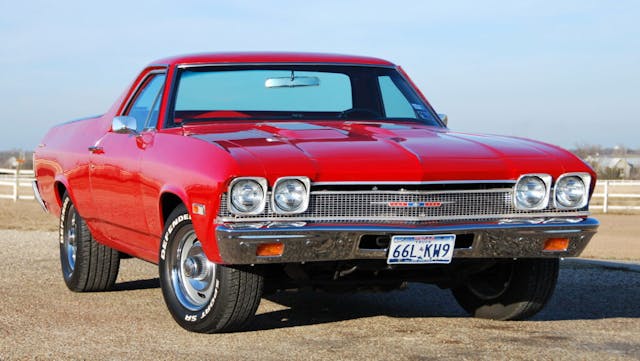
If your first thought was that the face of the ’68 ElCo is virtually the same as that of the Chevelle, allow our own Cameron Neveu to offer the most compelling—if a bit unorthodox—case for picking the former:
“Why the El Camino over the identical appearing 1968 Chevelle? Well, the ElCo front end looks even sweeter knowing you’ve got a bed out back.”
An open and shut case, in our eyes. The 1968 model’s four round headlights make it extra distinct, and while the performance fan in us enjoys the SS badge between those four eyes, there’s something about the long, horizontal Chevy emblem that we can’t resist.
Marketplace
Buy and sell classics with confidence
1968 Citroën DS

The DS pops up in all sorts of design lists, and for good reason. Those swooping body lines were quite brave for the era, and who could forget the high-tech hydraulic suspension that gave the car a magic carpet-like ride, helping to accentuate the design details that seemed to float over the blacktop? But the nose is worth celebrating on its own. As U.K. correspondent Nik Berg reminded us, if you sound out the DS title with a thick enough French accent, you’ll hear “Deésse,” which just happens to be French for “goddess.”
The big, wide headlights at either corner, contrasted with the waterfall of the hood in the middle, the exceedingly convex chrome bumper, and the lack of a grille make this front end as striking as they come.
1965 Buick Riviera
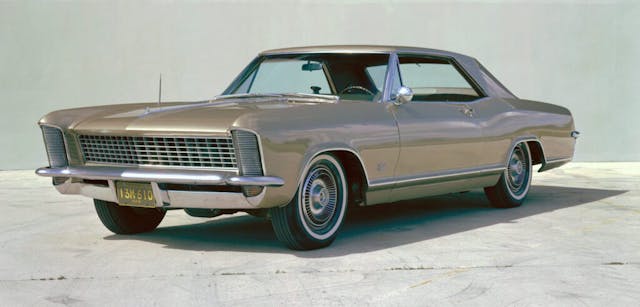
If the front end of a car were to be described as “very Teddy Roosevelt-esque,” could you picture it? In a single sentence, Eddy Eckart swayed the jury in his favor: “Simple, and formal in a means business kind of way, all without being too assertive.”
Gaze upon the forward cant of those headlamps; marvel at the buttresses flanking the massive hood. “The Riviera looks like a concept car that actually made it to production,” added Brandan Gillogly. There’s a reason this car is a popular choice for custom builders and restomod specialists, and it has everything to do with how the Riv’ manages to speak softly, while … well, you know the rest.
1966 Alfa Romeo Giulia Duetto Spider
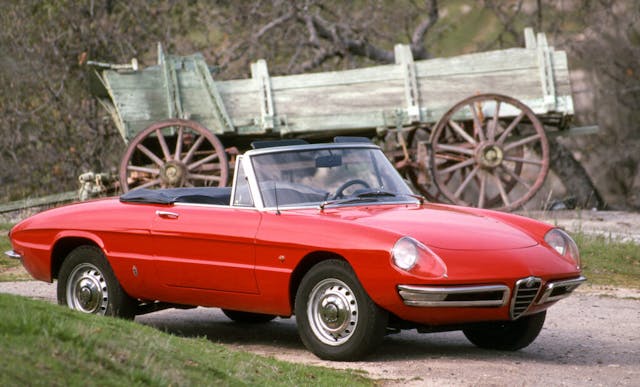
If the Riviera is an American sledgehammer, Stefan Lombard nominated a delicate Italian pickaxe to contrast it. While it’s hard to find a bad angle of the Giulia Duetto Spider, the car’s clean, simple face manages to avoid the “mouth-agape fish” look that so many small cars of the time suffered from.
He also noted that while many cars look great from a front 3/4 angle, it can be harder to make the head-on view sing. In the Duetto’s case, Lombard had this to say: “The sloping nose and covered headlights lead into that delicate V grille, which flows back beneath the car. I love it.” Hard to argue with that!
1969 Chevrolet Corvette
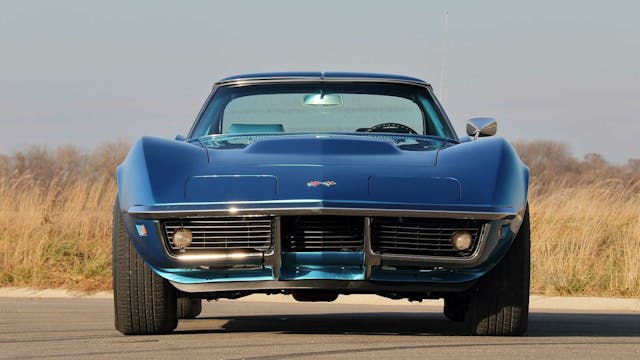
The chrome front bumper the third-gen Corvette stuck around through 1972, but since the design debuted in 1968, it counts. Resident Corvette fanatic Grace Houghton opted to shout out the 1969 model, and we didn’t need any additional convincing. Two beautifully high fenders dip down to a broad chrome bar that spans the width of the car’s face. Below the bumper, two rectangular inlets, each housing a round turn signal bulb. The look, as Houghton so eloquently put it, “manages to look muscular and delicate at the same time … So Mako Shark, and so good.”
Bonus points if we’re looking at a ’69 L88, with its massive hood bulge shrouding a 427 big-block.
1969 Ford Mustang Mach 1

Though it’s easy to blur the lines, it bears repeating that “muscle cars” and “pony cars” were not always the same things. When it debuted in April of 1964, the Mustang was a relatively docile thing. The front end might be famous now, but that has more to do with what the Mustang has become in automotive culture than it does with how it looks on its own.
That look began to change almost immediately, as our resident Ford guru Sajeev Mehta reminded us. By 1969, the Mustang’s face had gone from cheerful companion to something far more sinister. As Mehta put it: “The 1969 Mustang took the hum-drum front end of the 1965 model and made it deeper, more aggressive, and far more angry. It became half muscle car and half pony car.”
1963 Studebaker Avanti
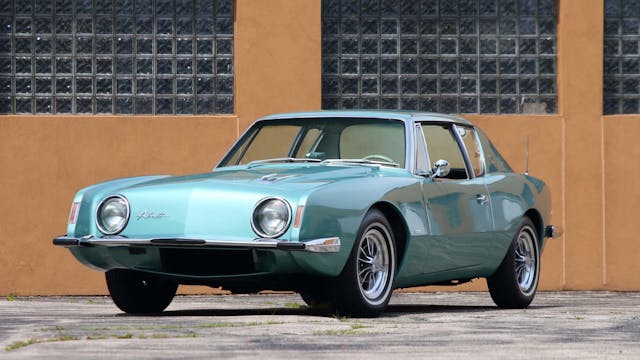
Though I’ll admit it’s not my favorite front end from the 1960s, there’s something distinctive and instantly recognizable about the Studebaker Avanti that warrants respect. Those perfectly round headlights seem like they should flank a broad grille, but instead, it’s just solid bodywork. That decision highlights the offset futuristic-script “Avanti” emblem that proudly proclaims the model’s identity. The fenders end in sharp corners, framing the simplicity of the grille-less countenance. You can’t help but appreciate designer Raymond Loewy’s flair for the dramatic.
“Counter-point, there should be a grille between this headlights and this nominee is actually bad.” – Stefan Lombard
Well, that’s just like, your opinion, man.
1968 Dodge Charger R/T
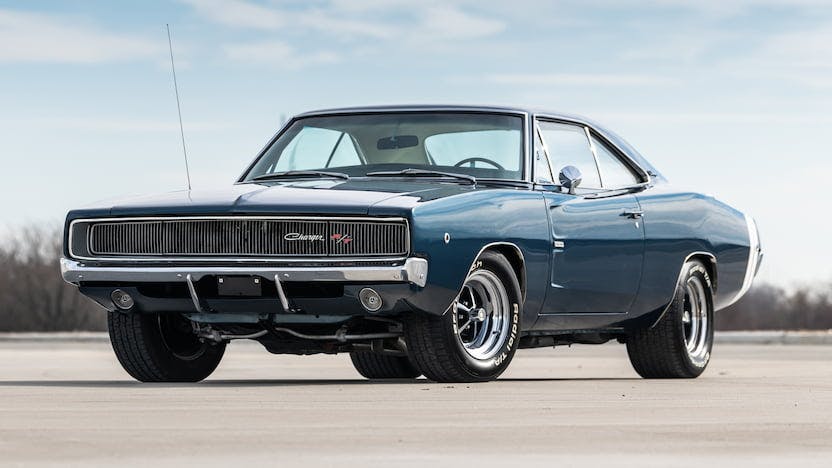
Fret not, Mopar fans, our site’s executive editor has you covered. Eric Weiner was swift and decisive with his nominee, the ’68 Charger. That broad, mail-slot rectangle of a grille is immediately recognizable. Hidden headlights add a menacing tone to the front end, and this is one of the few cars that makes a large front overhang look attractive.
This rectangular motif also carries over onto the new Dodge Charger. Anytime a front end’s design elements can look attractive in two distinctly different eras, you know you’ve got a winner in your hands.
***
Check out the Hagerty Media homepage so you don’t miss a single story, or better yet, bookmark it. To get our best stories delivered right to your inbox, subscribe to our newsletters.






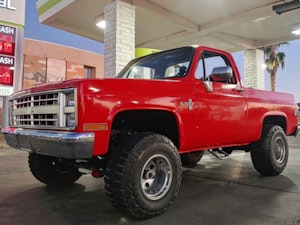













I agree with MPH on the ‘65 300, but I like the ‘66 more. Looks strong. Slight forward rake gives an aggressive look without being overly so.
I think a ‘68 Pontiac GTO needs to be in that list.
At a car show one evening I noticed a family with a little girl who was jumping up and down and pointing at my car. The father brought her over and he said to her “Tell the man what you told me”. She said “This is my favourite, favourite car!”. After her dad had a look at the supercharged Studebaker V8 under the hood of my Avanti he said “And mine too, now”. They made my day.
The ’74 had a 2 piece rear bumper and I hated the middle seam.
the 1965 Chevrolet Impala had a fantastic looking front end, my buddy’s father brought home a gorgeous white two door 65 Impala from Celozzi and Ettelson Chevrolet when his older brothers buddy crashed his Harley 45 into the rear of the brand new car, wedging it under the gas tank and lifting the rear wheels off the ground.
Stacked headlights on the 65-67 GTO’s Great looking front end!
“The gasoline kind!”, I hope was your response.
The Avanti: If John Lennon was made into a car…….
The ’66 Chevelle with the SS396 option. The chrome SS against the blacked-out grille was always my favorite. Some later-year versions of the model had the chrome SS against a multi-bar chrome grille, just not enough contrast for my tastes.
Who in the heck thought anything VW should make the list?? How about the 65 – 67 GTO’s? Or
the 66 – 67 Novas? 55 Chebbies? 1st gen Vettes? VWs? Really??????????????
I think I found a clue as to why they left off the “55 Chebbies” – I read the title of the article:
8 1960s Classics With Faces We Can’t Help but Love
Did you catch it, Tim? 😒😉
I still think those first Sting Rays were some of the most beautiful cars ever. The L88 was over kill. my vet had a 350c.i. and all it took was getting into the throttle a little to quickly and that car would swap ends before you could blink.
You left out the 68 or 69 GTO with hidden headlights. What were you thinking?
Interesting fact. The “68 and ’69 Corvette differ in wheel width 7″ on the 8 and 8” on the 9. The ’70 had the fender flare rock deflectors and it went downhill from there.
Owned a 73 (or maybe a 74) DS21 Pallas about 3 years old when I acquired it. Most comfortable vehicle I ever drove. Absolute luxury and quiet as all get out. However you haven’t lived until your approach a red stop light you hit the hydraulic brakes and lose ALL you mineral oil fluid in a few short seconds. No suspension (you drop right to the lowest level/no power steering/no brakes) .Had to remove a fender to change a rear tire.
One chrome bolt; easy to remove that fender … and you didn’t need a jack Did you have the Euro cornering headlights & brake button?
‘69 Mustang best Mustang ever and definitely better looking than the other Pony cars.